Climate change
as a threat to native tree species across Central Africa

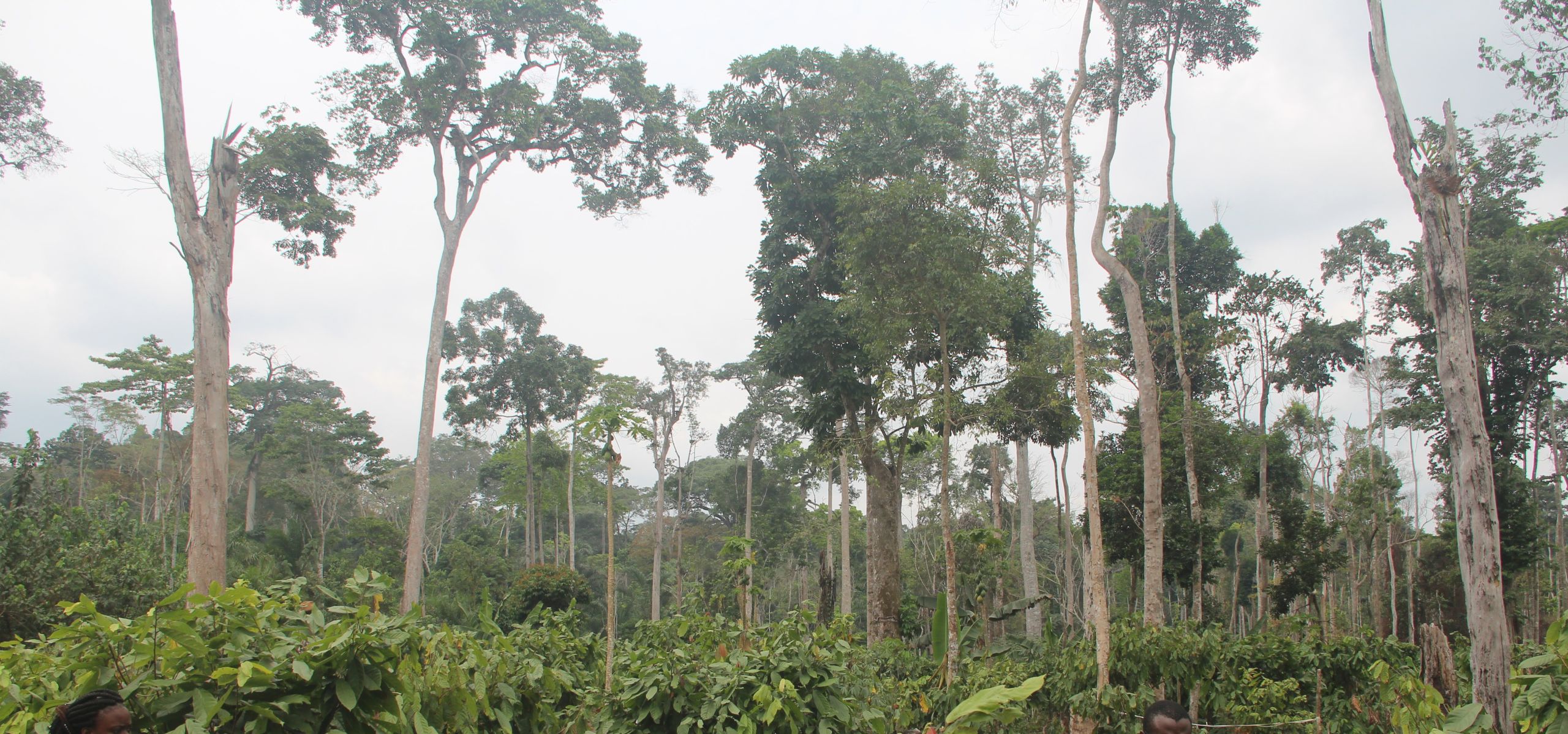
Degraded tropical forest landscape by cacao farming in Cameroon. Credit: M.R.M. Ekué.
Degraded tropical forest landscape by cacao farming in Cameroon. Credit: M.R.M. Ekué.
Every year, around three million hectares of forest – an area roughly the size of Belgium - are lost across Africa. In total, about 65% of African land is currently degraded.
This reduction in natural productivity creates pressures on smallholder farming and biodiversity. Under the African Forest Landscape Restoration Initiative, countries across the continent have pledged to restore almost 128 million hectares of degraded land by 2030—an area the size of Egypt. Through a mass tree-planting initiative, the aim is to regenerate the degraded land, to secure and improve food security, fight rural poverty through the generation of new jobs, and to build climate change resilience, while mitigating the existing impacts. By maintaining and improving tree biodiversity, this has a positive and reinforcing effect on the biodiversity of all animal and plant life in the ecosystem.
But climate change is altering the habitats in which the native trees are being planted, and the composition of the forests is shifting. Bioversity International, a research organisation working on agricultural and tree biodiversity in Central and West Africa, joined up with VITO supported by the Copernicus Climate Change Service (C3S) to access the high-quality data needed to create an accurate picture of how the climate will change over central Africa. Having this information, they could then decide which tree species to plant which would thrive in the changing climate for years to come.
Central Africa is home to the
second largest rainforest in the world;
in the Congo Basin.
But this forest is under threat from human and environmental pressures, and much of the land is now severely degraded.

In 2017, seven African countries—Cameroon, Nigeria, Chad, the Central African Republic, Equatorial Guinea, Gabon and the Republic of Congo—joined the AFR100 initiative to restore the land, pledging to regenerate 22.9 million hectares by planting native trees across the region.
Native tree species were selected for their contributions to local populations in the form of ecosystem services, livelihoods and conservation value. But most of the species selected face multiple threats, central to which is climate change.
As Africa is expected to face rapid and significant impacts from climate change during this century, understanding the environmental drivers and the unique composition of native forests is fundamental to restoration projects.
Tree growth takes time, so these complex and interdependent long-term effects must be taken into account when planning and implementing landscape restorations to ensure success.
Rainforests are central to the regulation of the global climate but are also keenly affected by it. Climate change is dramatically shifting and transforming habitats for all species, including plant life.
While certain species will thrive as the climate changes, others may not even survive. Understanding where the best regions will be for specific species of trees to grow in the future is critical.
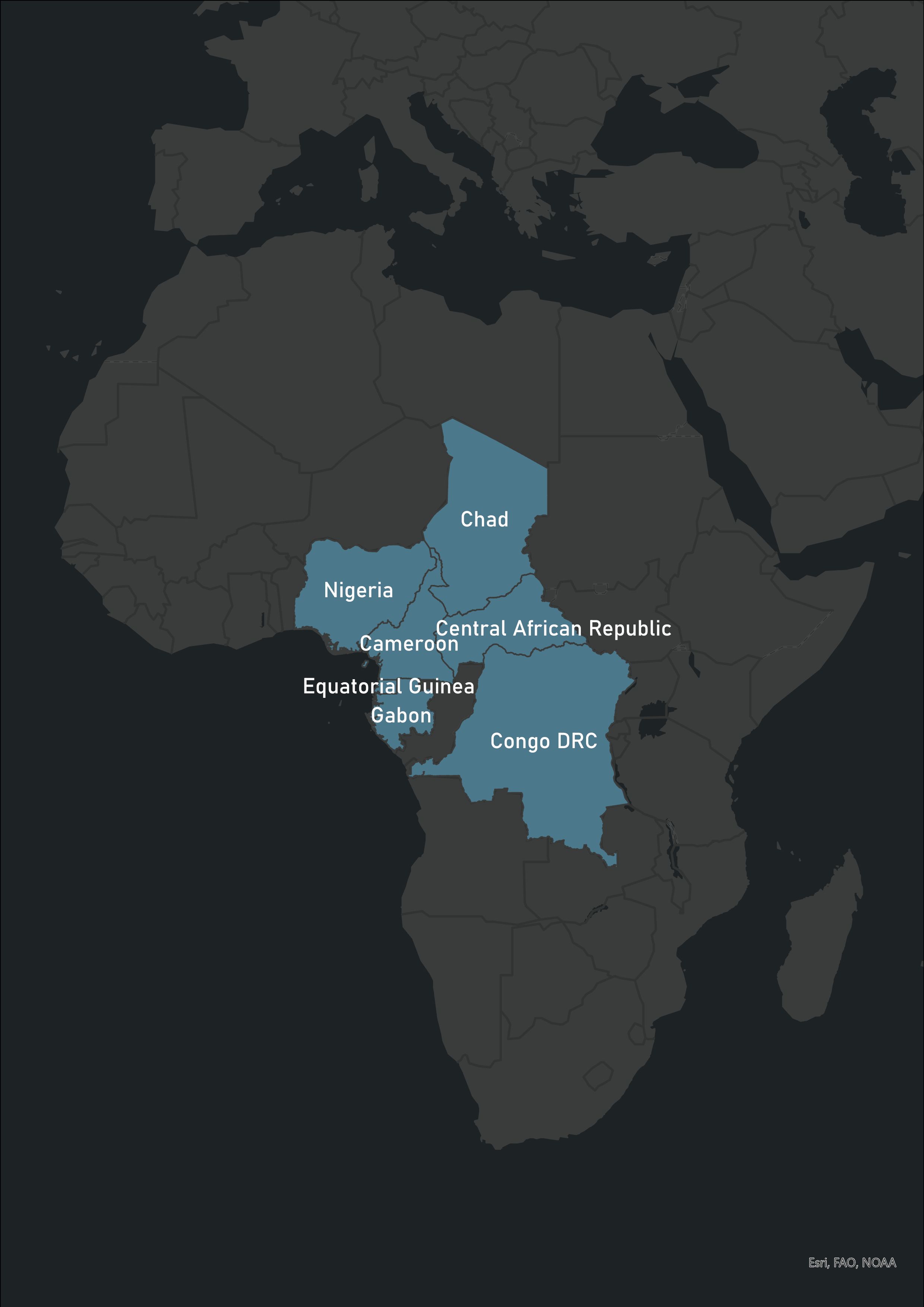
Credit: Climate Adaptation Services
Credit: Climate Adaptation Services
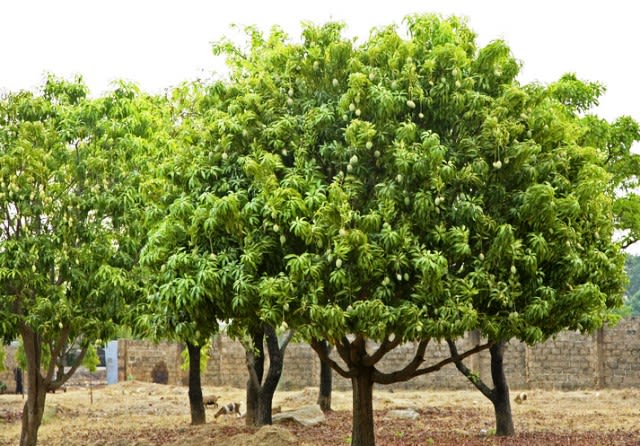
Dika nut is a large deciduous tree often found growing near banks. Credit: Fruitpedia.
Dika nut is a large deciduous tree often found growing near banks. Credit: Fruitpedia.
The restoration of forested lands, and building strong genetic diversity, boosts resilience to climate change and mitigates existing impacts. Forests regulate the local and global climate, sequester carbon from the atmosphere and help to maintain a healthy hydrological cycle. Trees also provide habitats to countless species of other plants, animals, insects and fungi.

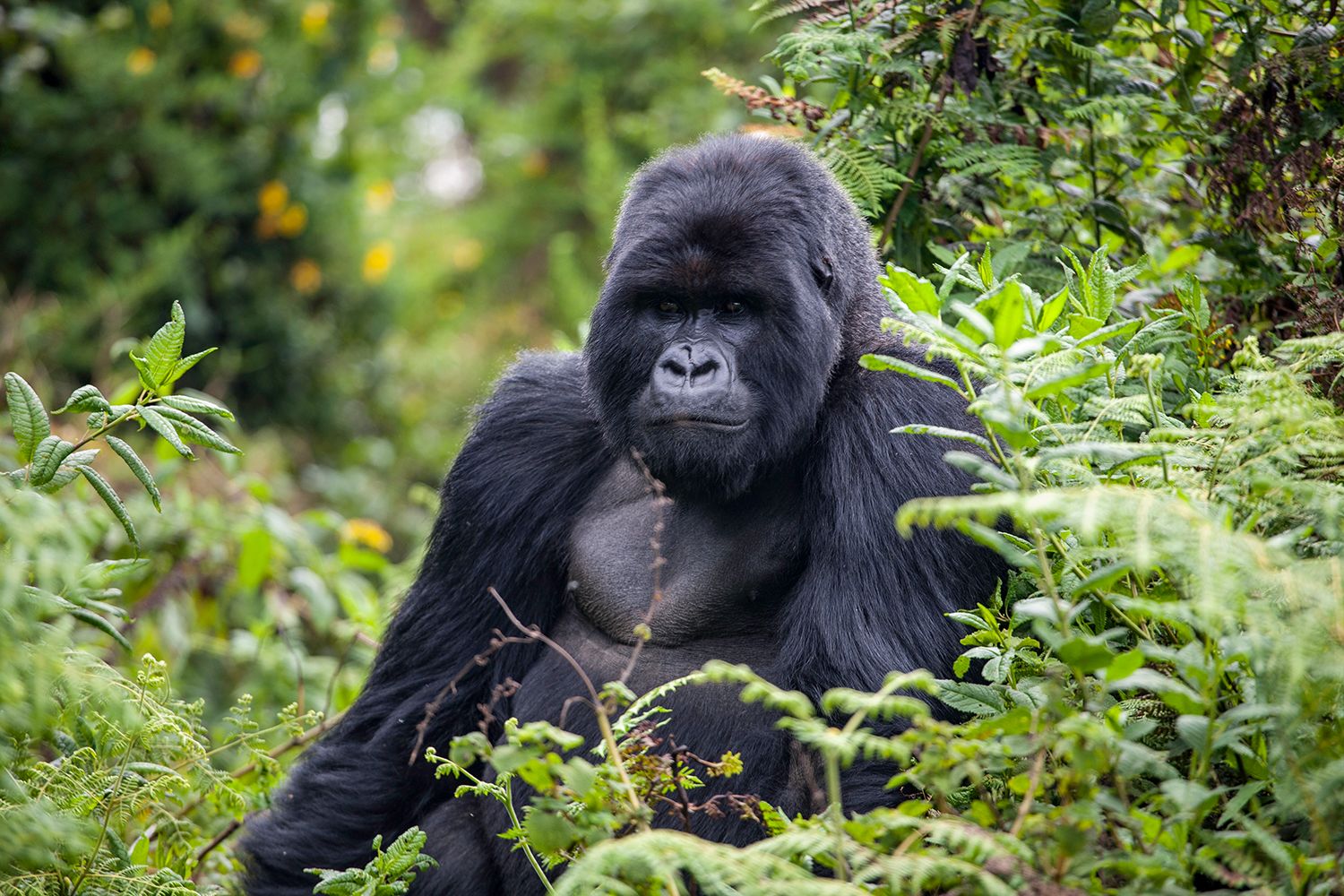

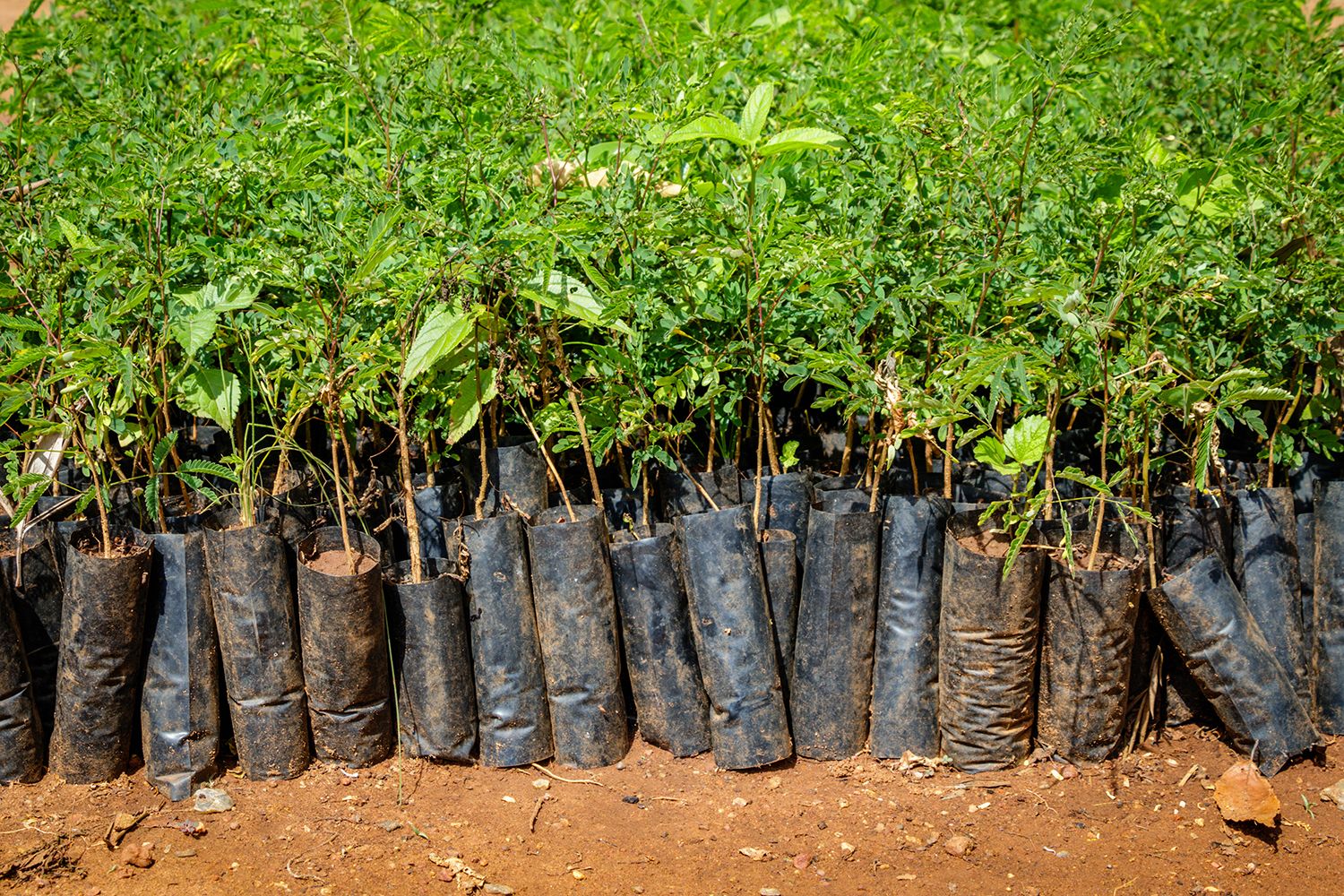
Central African rainforests hold more carbon per hectare than the Amazon, and trees grow in greater densities than on any other continent. This is thought to be due to interactions with the diverse range of herbivores that live among the forests. Scientists are increasingly worried about the threats that climate change poses to these rainforest ecosystems, and as so much forested land has already been lost, policymakers are racing to restore as much as possible.
Investments in ecological restoration are happening around the world at pace. But there has been little analysis about the effects future climate change will have on tree restoration plantings. There is growing concern that the germplasm currently used in forest landscape projects in the region may not be well suited to future local environments. If the trees do not adapt well, the restoration efforts may fail.
Getting the right mix of tree species is key to restoration success. By understanding how tree germplasm will function under changing climates, researchers and stakeholders can build informed strategies for planting that will benefit from the already existing genetic diversity in the landscape, and improve the ecosystem’s ability to adapt to future climates.
Ensuring that trees thrive into the future
"It is required that restoration projects select species that not only are adapted to local conditions in the present but that are also able to survive in future under climate change in that given area."
Pinpointing the trees and key climate variables
To understand the current situation, the team from Bioversity International needed to model the existing locations of trees across the Central African rainforest.

They used a series of databases to find out the location estimates for 100 native tree species chosen for the analysis. Databases included RAINBIO and the Global Biodiversity Information Facility, which provided data such as distribution of plants, alongside other details such as scientific names.
Data harnessed from these online resources was added to spatial variables on temperature, precipitation, cloud cover and climatic extremes, from the C3S Climate Data Store (CDS), as well as further variables on soil and terrain, to understand the conditions under which species were growing.
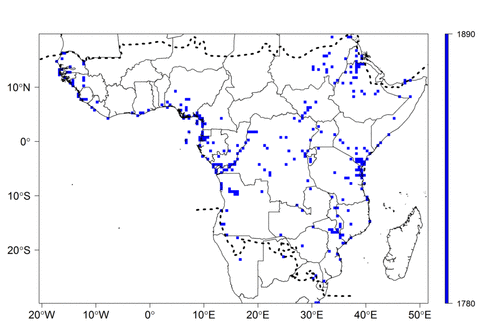
A timelapse animated view of the year of the first botanical collection within 0.5 degree cells across tropical Africa. Credit: RAINBIO.
A timelapse animated view of the year of the first botanical collection within 0.5 degree cells across tropical Africa. Credit: RAINBIO.
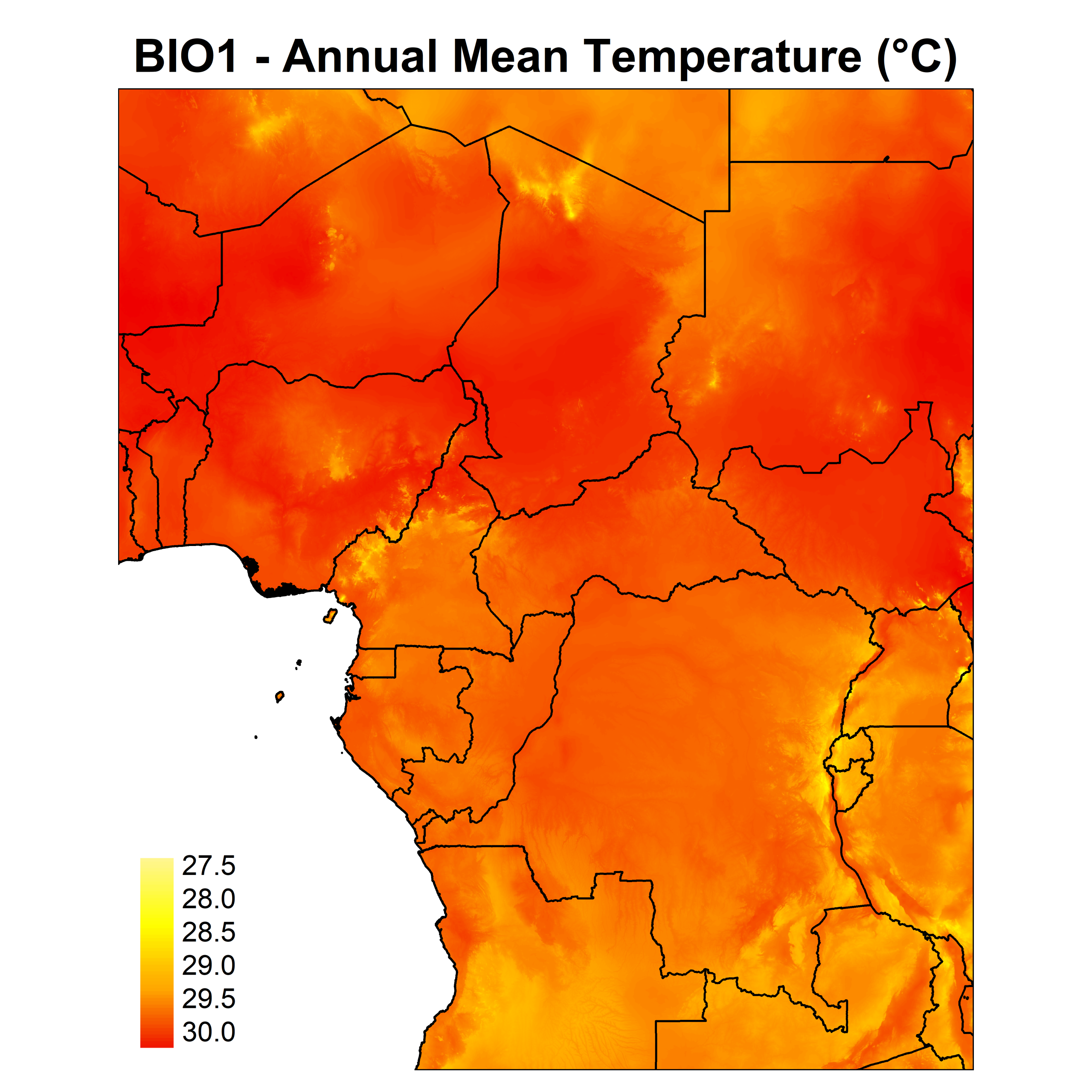
Climate variable annual mean temperature. Credit: Copernicus Climate Change Service, ECMWF
Climate variable annual mean temperature. Credit: Copernicus Climate Change Service, ECMWF
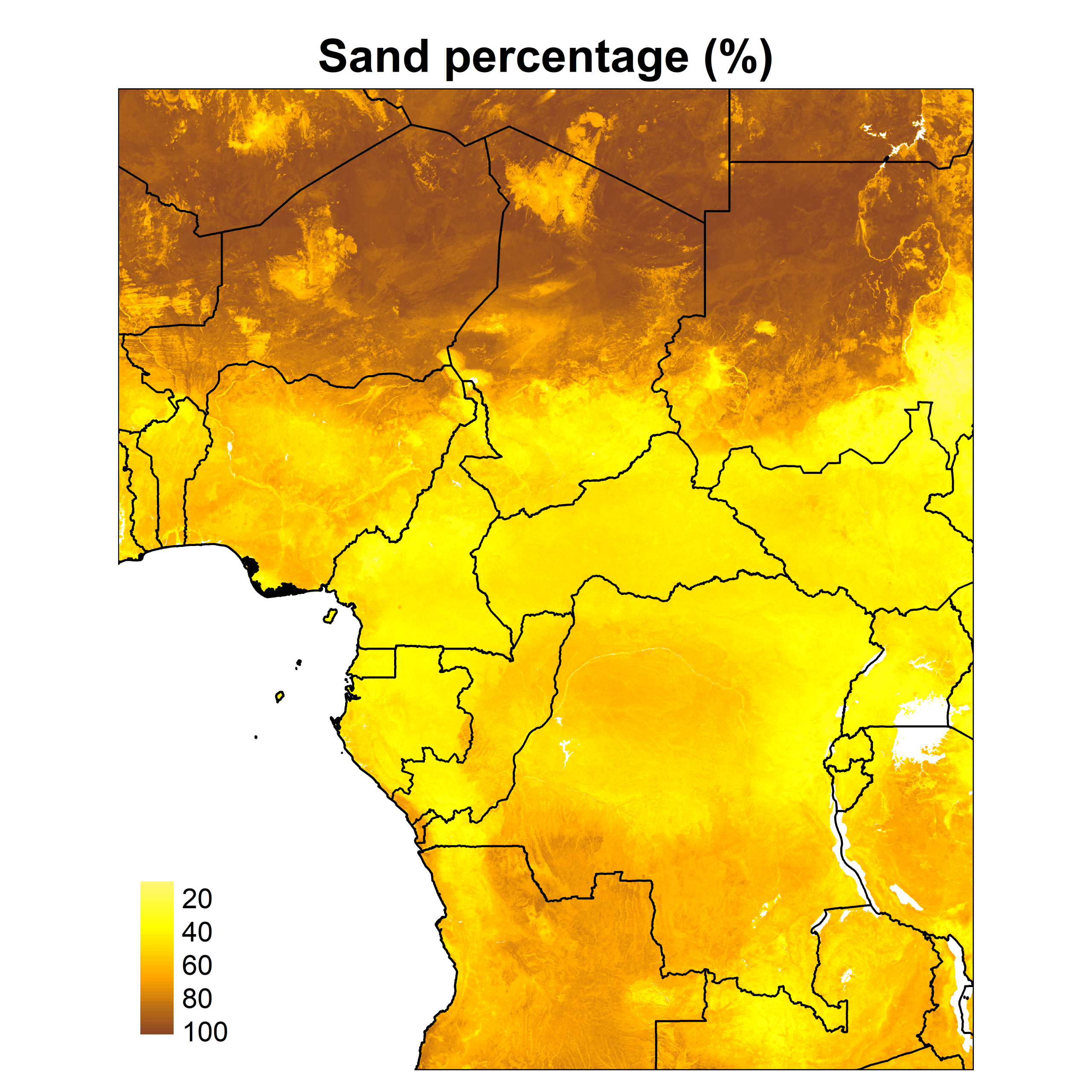
In order to assess how the future climate would change, 51 climate, soil and terrain variables were chosen from CDS datasets such as annual mean temperature, soil percentage and slope. Credit: Bioversity International
In order to assess how the future climate would change, 51 climate, soil and terrain variables were chosen from CDS datasets such as annual mean temperature, soil percentage and slope. Credit: Bioversity International
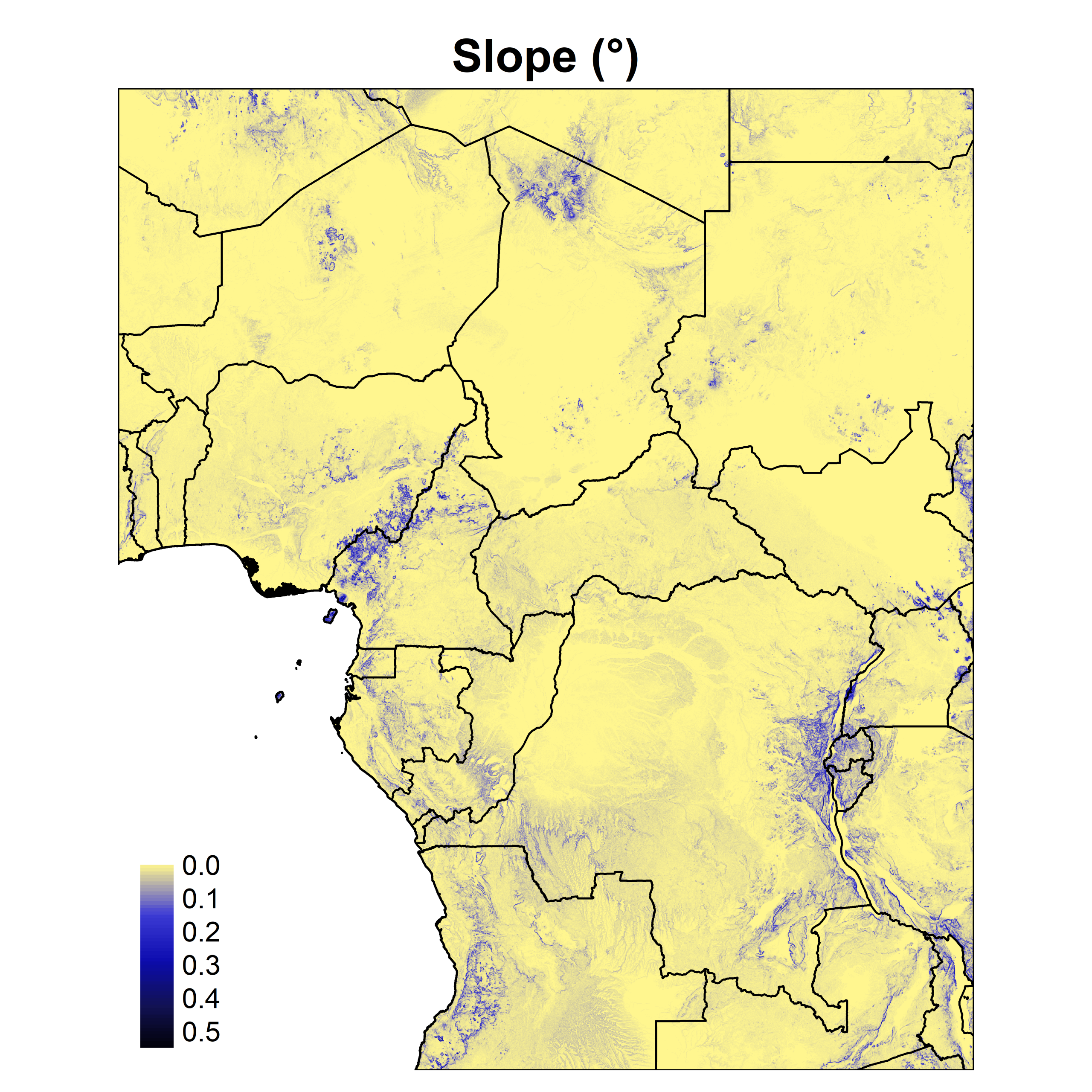
Terrain variable - slope. Credit: Bioversity International
Terrain variable - slope. Credit: Bioversity International
But, central to the case study was to make predictions about how each species would react to potential future conditions: under the impacts of climate change, would they survive, thrive or die. The team needed to understand how a range of climate variables, such as temperature and humidity, would change in the region.
Climate change is also impacting the frequency and intensity of extreme weather events. Prolonged droughts or heavy precipitation which result in flooding can adversely effect native trees, so Bioversity International also needed to analyse this type of data.
Data harnessed from these online resources was then added to key climate variables freely available the CDS. Spatial variables on temperature, precipitation, cloud cover and climatic extremes, as well as further variables on soil and terrain, were used to understand the conditions under which species were growing. Research organisations such as Bioversity International can pick and choose from high quality C3S datasets to create customized analysis in this way.
The Bioversity International team wanted to assess how the future climate would change in the region. To do so, they used 51 climate, soil and terrain variables. The majority of the information came from the CDS, from which the analysis took into account 19 climate variables, five variables of cloud cover, and 12 variables of climatic extremes, such as droughts or heavy rains.
Climate extremes were vital to include, as these will influence the long-term survival of native tree species, particularly those less resistant to events such as drought.
Climate data were retrieved from from two datasets covering bioclimatic indicators accessible in the CDS: ‘Downscaled bioclimatic indicators for selected regions from 1950 to 2100 derived from CMIP5 climate projections’ and ‘Downscaled bioclimatic indicators for selected regions from 1979 to 2018 derived from ERA5 reanalysis’.
These vital climate data were then joined with information on terrain and soil.
The benefits of C3S data
"These data about extreme events can be used to better model climate change and so will also result in better recommendations for both policymakers and conservationists."
Alongside the raw climate data, C3S provides a range of sector specific tools and applications.
A user workshop in Cameroon taught researchers and local stakeholders about the C3S service that is available to support global diversity.
The workshop provided essential support for the Biodiversity International team, by exploring the uses of climate data in the sourcing of germplasms, for use in forest restoration projects across Central Africa.
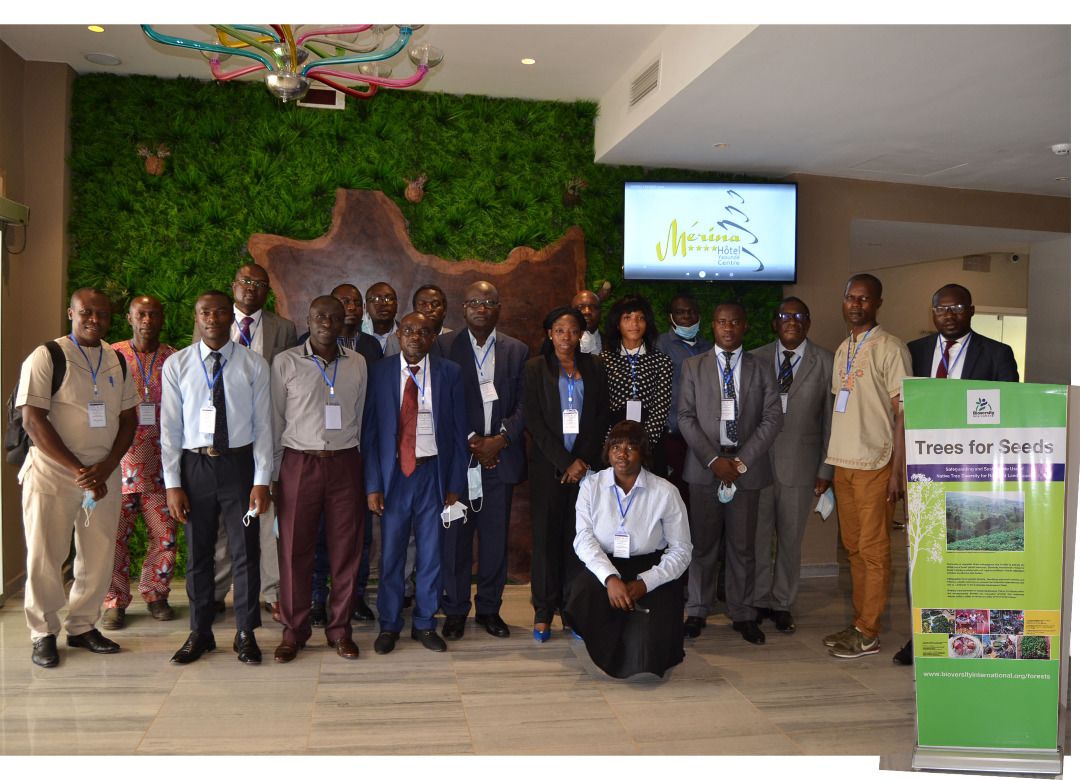
Now that the team had the data and training they needed, they combined tree location and climate information, sourced through the CDS, to calculate the current and future distribution for each of the 100 species of native trees, under an intermediate carbon emission scenario known as RCP4.5.

The following maps show which regions will be suitable for growth for each native tree species in the future. With such easily accessible information, it is straightforward for forest managers to see which areas are expected to become uninhabitable for each species and to plan accordingly.
With climatic data from C3S’ ERA5, the team produced the current situation. Values of 1 correspond to regions that are totally suitable, while values below 1 correspond to less suitable regions.
Left: Current distribution of native tree species Faidherbia albida, a multi-purpose tree providing food, medicine and commodities for local populations. Credit: Copernicus Climate Change Service, ECMWF.
To explore the future situation in the 2050s, they used data from CMIP5; also sourced from the CDS. The uncertainty in the future projection for precipitation and temperature variables is addressed by including six different Global Climate Models and by identifying as suitable areas for the species in the future distribution maps only the areas that agree for at least five of the models
Left: Future distribution of native tree species Faidherbia albida. Credit: Copernicus Climate Change Service, ECMWF.
Right: Current distribution of native tree species Vitellaria paradoxa used for shea butter.
Credit: Copernicus Climate Change Service, ECMWF.
Right: Future distribution of native tree species Vitellaria paradoxa.
Credit: Copernicus Climate Change Service, ECMWF.
Left: Current distribution of native tree species Tamarindus paradoxa used for its fruit, wood and seed oil. Credit: Copernicus Climate Change Service, ECMWF.
Left: Future distribution of native tree species Tamarindus paradoxa.
Credit: Copernicus Climate Change Service, ECMWF.
The main users of the maps are expected to be those planning and implementing forest restoration projects in each country. Governments, NGOs, private companies and social enterprises can quickly assess the ideal planting patterns for each species; climate-proofing the restoration projects for decades to come.

Diversity for Restoration (D4R) tool
Through the project, the Bioversity International team created a vast new trove of data, which is freely accessible online. They also designed the Diversity for Restoration tool (D4R). This online resource was developed to help with decision-making around tree-based restoration activities.
Climate data from C3S are a vital part of D4R, as it is centred on maps which show how tree species are predicted to survive under current and future climate conditions, under two carbon emission scenarios.
The tool lets users select the restoration site and the specific goals of their project.
Increasing resilience to climate change and bolstering local populations
The creation of new combined datasets and the D4R tool will allow all those involved with tree restoration projects in Africa, such as the AFR100 initiative, to climate-proof their efforts and ensure future success.
Maintaining and promoting a healthy genetic mix of native tree species that will survive a changing climate long into the future can regenerate the degraded land in the region, and provide a sustainable way for rural communities to grow food, and survive with improved livelihoods in a healthier local environment.
There is significant land degradation across Africa, but this loss presents an equally large opportunity to restore it through forest restoration. This will build climate resilience and also help to mitigate the harmful effects of climate change on a global scale.
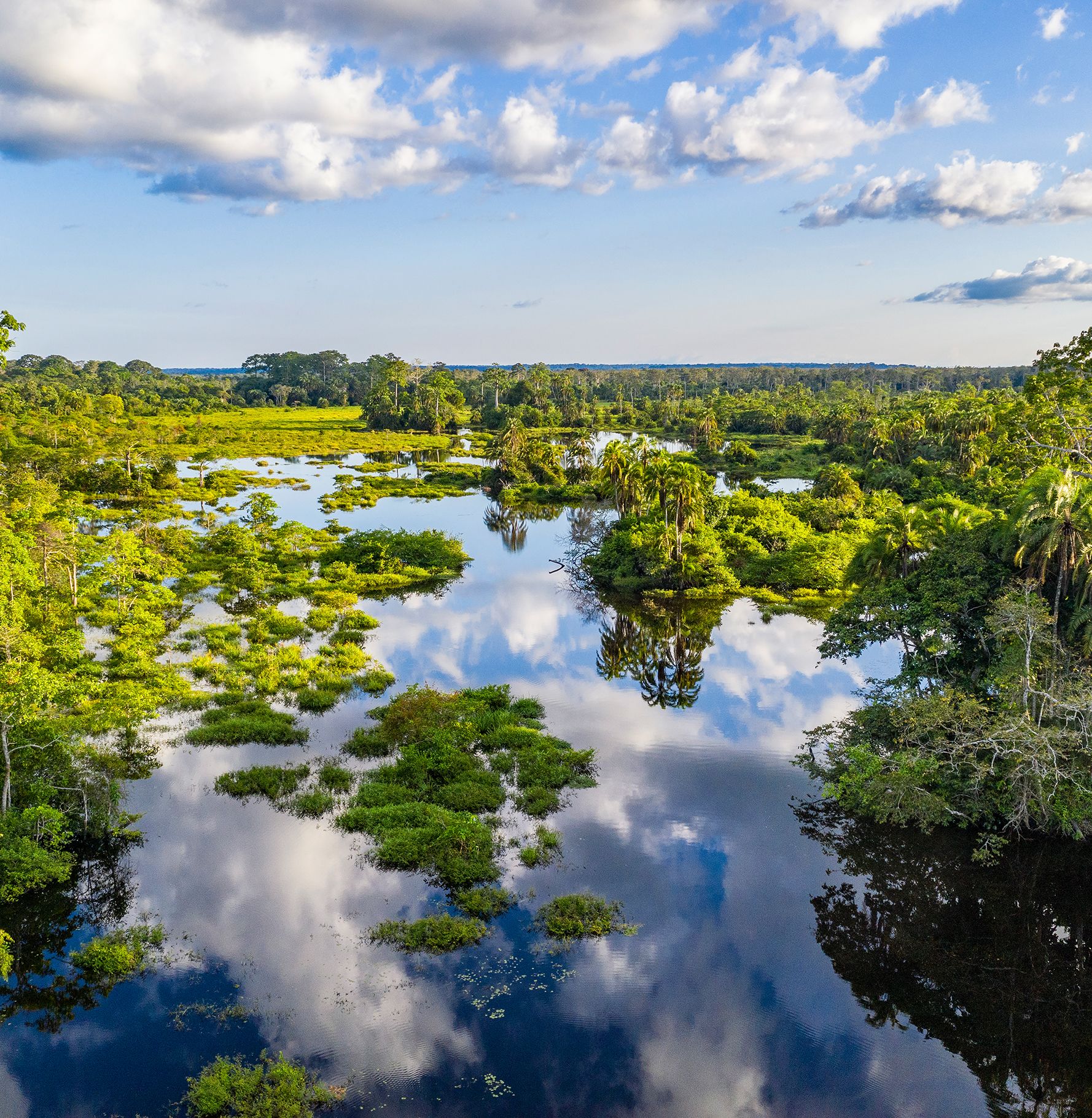
Landscape and biodiversity restoration are at the core of many of the United Nations’ Sustainable Development Goals (SDGs),
as these projects bring a wide range of benefits, which often compound over time.

Restoring deforested landscapes
“It will both protect biodiversity and ecosystem services and also improve the livelihood of people living in these landscapes.”
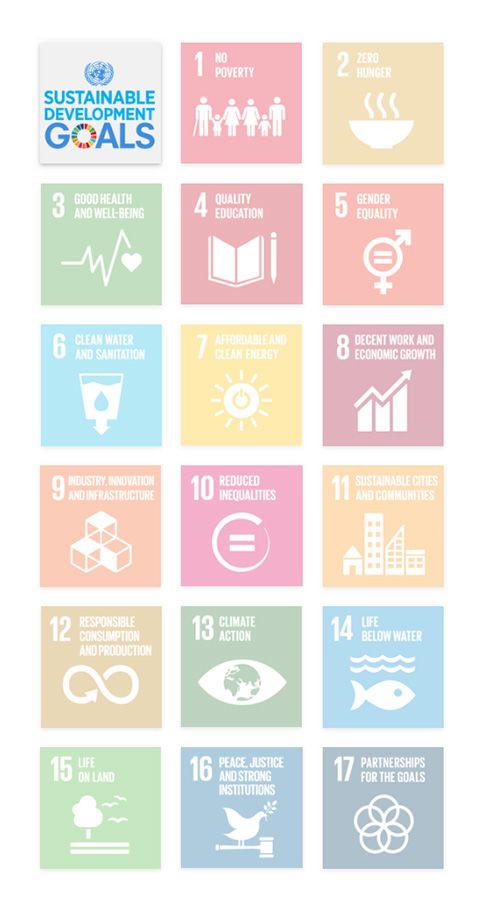
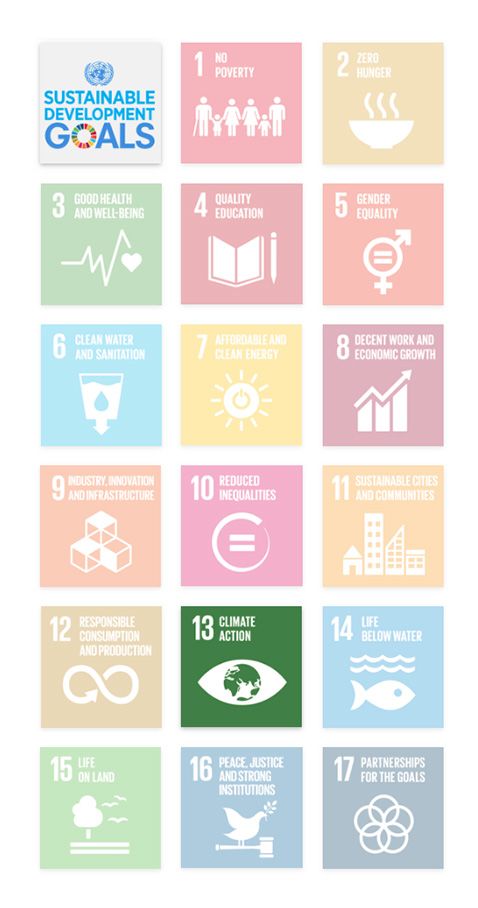
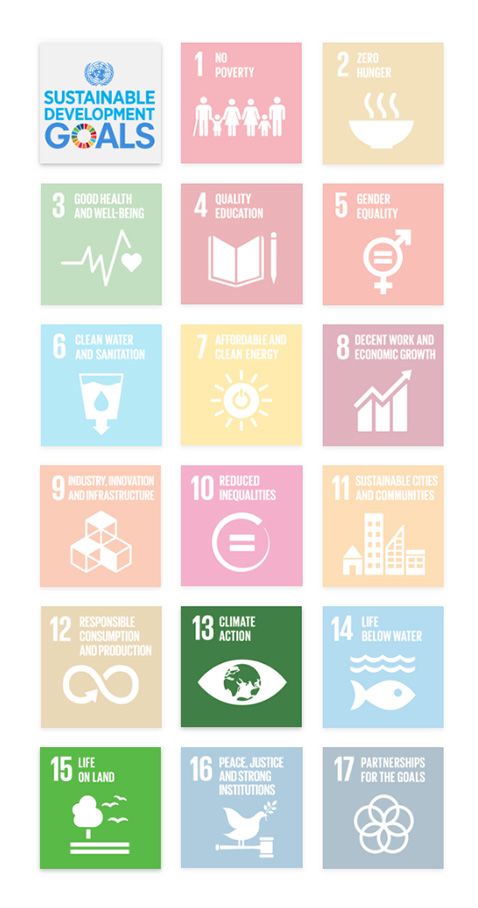
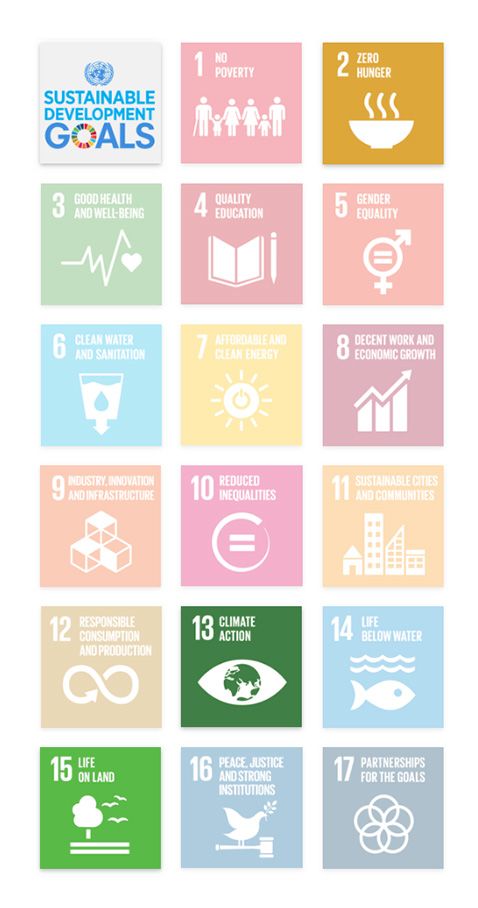
SDG 13 - Climate action
Native tree species provide a range of benefits to the climate, both local and global. By promoting the restoration of native trees, the project is supporting a healthy balanced ecosystem, which regulates not just environmental resources like water and soils, but also helps to regulate pests and diseases.
Landscape restoration projects are climate smart policies, which can mitigate the effects of climate change at country-wide level.
Increasing tree density in the Central African rainforests will boost the carbon that can be sequestered from the atmosphere and stored within the trees, as well as in the plants and soils alongside them.
In these ways, the project contributes to SDG 13, by taking action to combat climate change and its impacts.
SDG 15 - Life on Land
By ensuring the germplasm of native trees will survive and thrive for decades, the project is supporting the restoration and creation of climate-resilient forest ecosystems.
The tree species chosen offer a range of benefits to local rural populations, including food security, economic progress, raw materials and increased biodiversity.
This contributes directly to SDG 15 Life on Land, by protecting and restoring the sustainable use of terrestrial ecosystems.
SDG 2 - Zero Hunger
Native tree species were selected for their ecosystem services, including nutrition and their ability to regulate local environments needed to sustainably grow food. This includes preventing and reducing desertification, and regenerating degraded soils. Certain species offer a direct source of food for rural populations, such as Irvingia gabonensis (the wild mango tree) and Vitellaria paradoxa (the shea tree). Secondary products can also be used to generate economic revenue.
By offering a direct source of food and contributing to the creation of other agricultural products, the project contributes directly to SDG 2.





